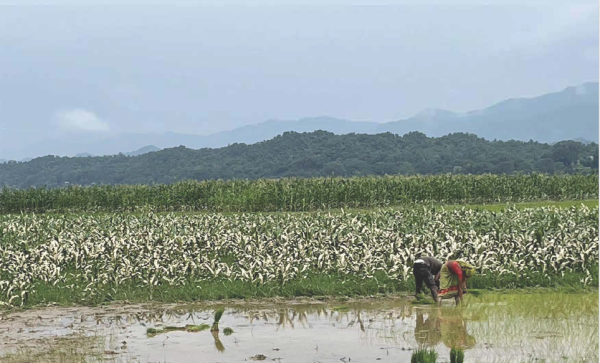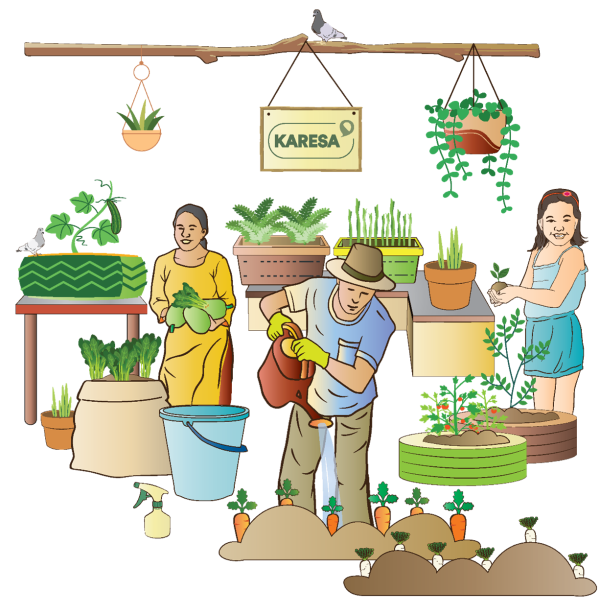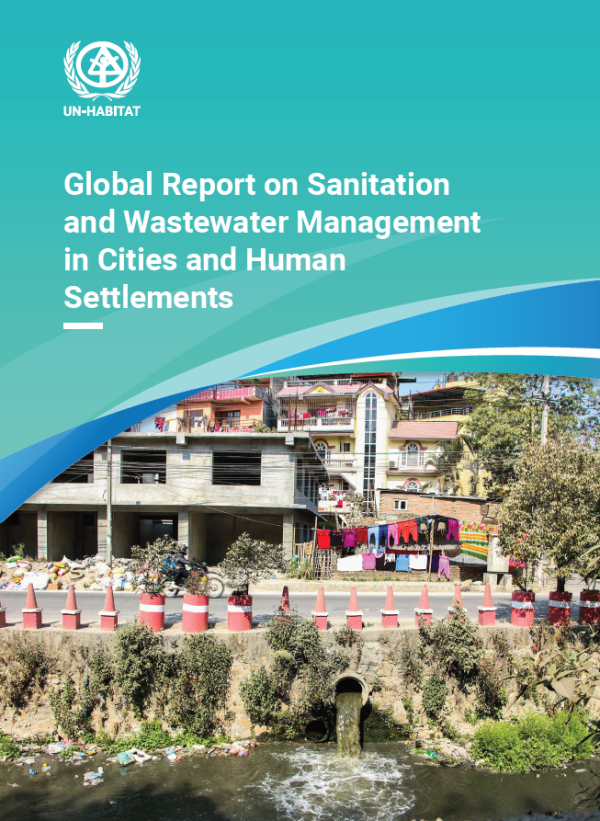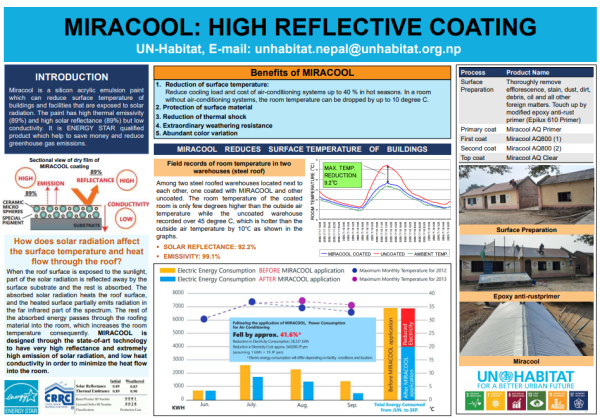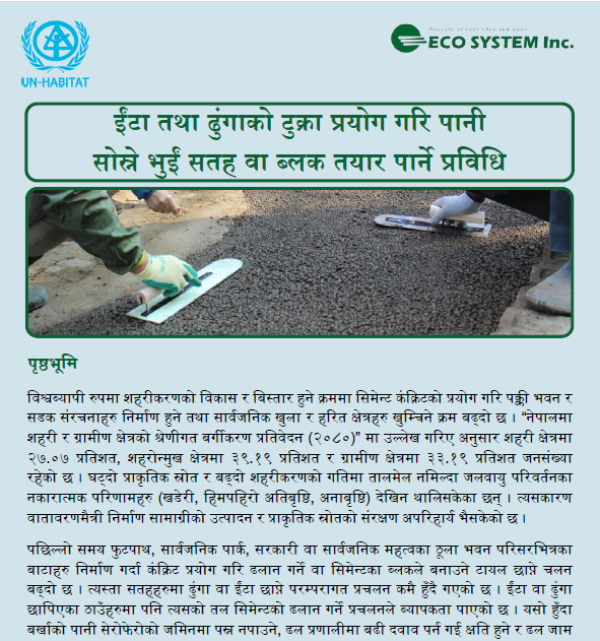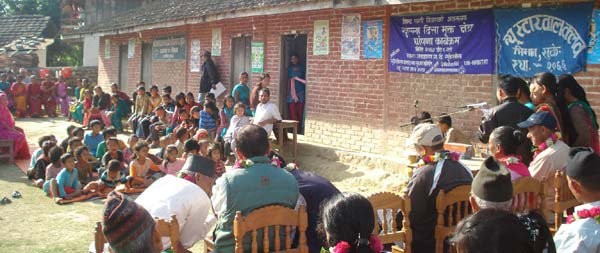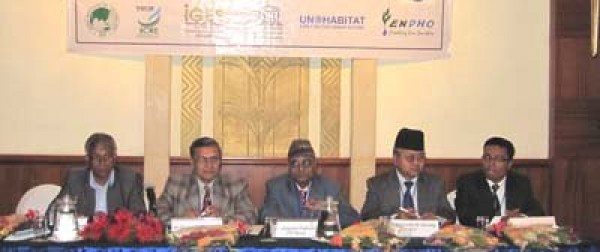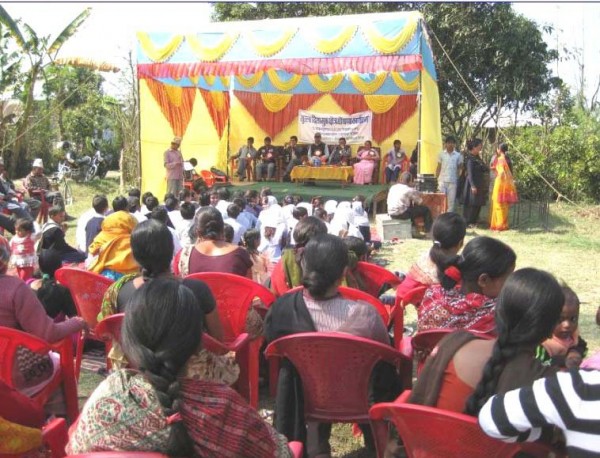UN HABITAT & UNICEF support promotion of arsenic mitigation options in terai districts of Nepal
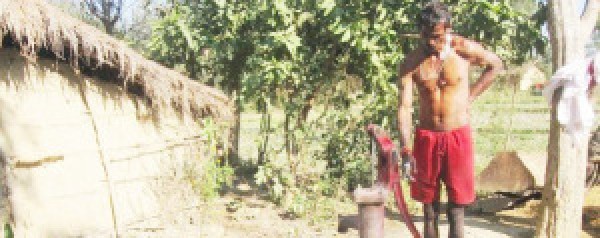
The “Arsenic Mitigation Programme" promoted different arsenic mitigation options as the alternatives to arsenic contaminated water in nine arsenic affected Terai Districts of Nepal. Benefitting over 44,706 people it has also decreased the vulnerability of people exposed to arsenic poisoning in these areas. The programme was carried out by Department of Water Supply and Sewerage (DWSS), UNICEF and UN-HABITAT, while the Nepal Red Cross Society (NRCS) facilitated for implementing it at local level. In Nepal, the first case of arsenic contamination was reported in 1999 by DWSS during the arsenic testing conducted with support of WHO in the groundwater of of Terai. Later, UN-HABITAT and with UNICEF supported DWSS in carrying out blanket arsenic testing in groundwater sources of 7 other arsenic affected districts including Jhapa, Morang, Mahottari, Banke, Bardiya, Dang and Chitwan.
